Conxa Rodà
Who could have told me that I’d be returning to China one year on. This time invited by the Palace Museum of the Forbidden City of Beijing, to participate in the CTIFòrum (Culture + Tech International Forum). An encounter based around museums and digital, where experiences were presented by Chinese museums and from around the world.
As on the previous occasion in Shanghai, I was able to see first-hand how advanced they are in the implementation of digital technology at the service of interpretation and of users. Establishing connections, approaching the immense value to the public of their historic and artistic heritage of centuries and millennia is a clear priority.
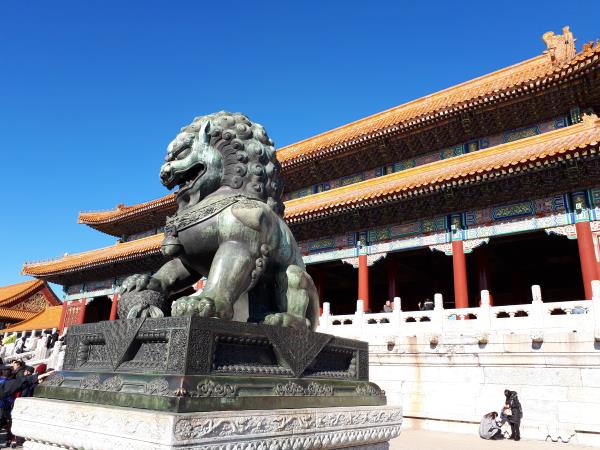
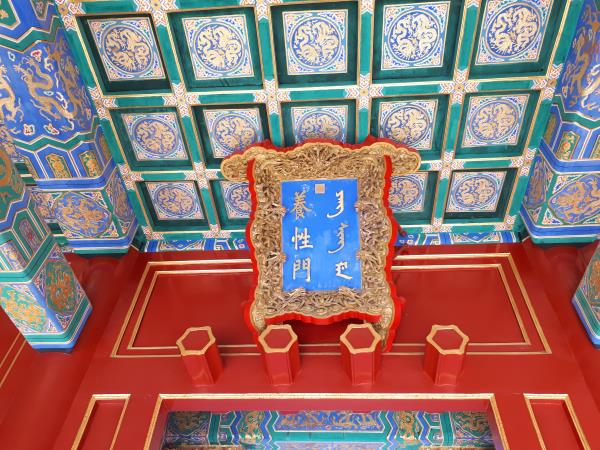
Palace Museum
It was a great satisfaction to hear the director of the Palace Museum, Shan Jixiang, with more than 16 million visitors a year, -an average of 40,000 visitors a day!- saying that an extensive use of digital technology allows them to preserve, present and promote the heritage as well as optimising the visitor services and building a network of information at their service.
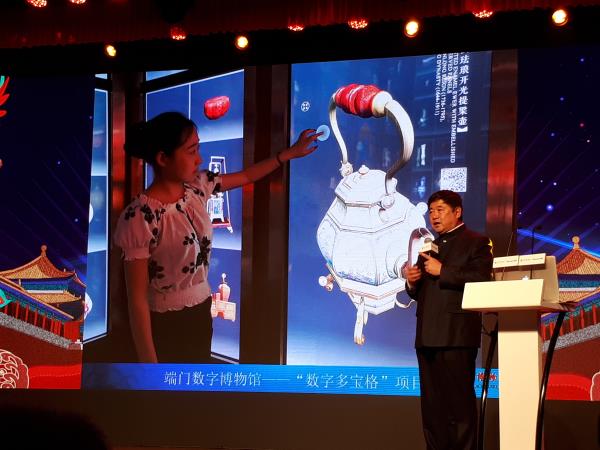
The conference attendees had the luxury of visiting the Digital Hall in the evening behind closed doors, with virtual reality devices, and above all an interactive video wall on which pieces of the collection were projected, which users could handle on a touch screen in 3D reproduction and download it onto the mobile.
A work, the curator responsible commented to me, which was the result of 11 years of documentation and 3D digitisation, now made available to the visitors. A similar project to the famous Collection Wall – Gallery One of the Art Museum of Cleveland, but much less known amongst us. For the time being, it offers a selection of 200 objects from a collection of more than 1.8 million pieces.
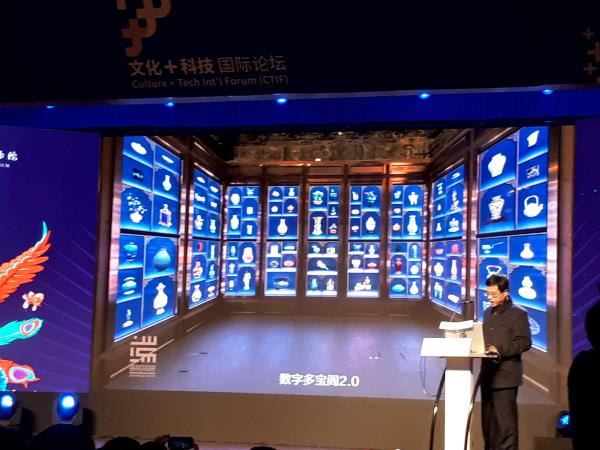
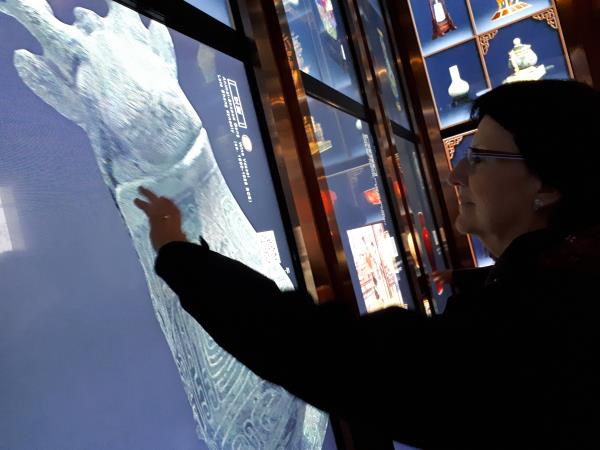
In conversation with the Deputy Director of the museum, Feng Nai’en and the Deputy Head of Online Digital Media, Ying Zhuang, I was able to find out that in the digital area work around 70 people. Their priority now is to concentrate on the collection data and on the content offered to the public.
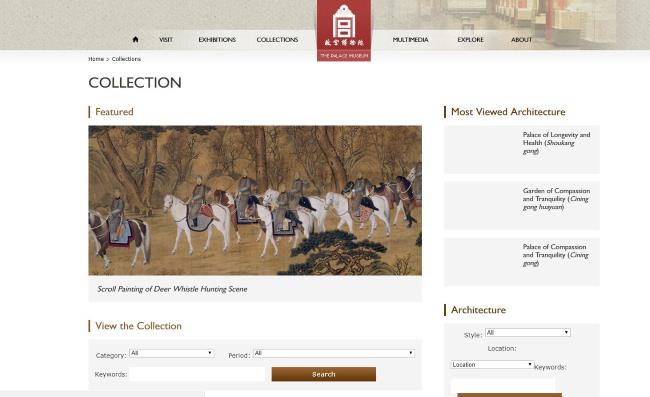
Within the process of improvements for the visitor favoured by technology, the Palace Museum has established access only with the purchase of tickets online in advance. In this way, practically all the queues for access, which had reached up to 3 or 4 hours, have been eliminated. It is without doubt an improvement in the service for visitors. For foreign visitors, however, it is more complicated given that the website is only in Chinese and it is necessary to have some system of Chinese payment and it therefore requires intermediation to manage the purchasing online.
It should be mentioned that the audio-guide of the Palace Museum is accessible in 40 languages! And if you want to do the full tour it lasts 4 or 5 hours. The daily limit of access to the venue has been established at 80,000 visitors a day, to avoid peaks as happened some time ago during the national festivities when they surpassed 120,000.
With the aim of opening up to the world, the Palace Museum has entered the Google Art project, with a hundred of its masterpieces. And they have managed to establish a top level technological partnership with Tencent, the main provider of Internet services in the Chinese market and promoter, amongst others, of WeChat, the multi-purpose social network that provides in just one app similar services to those offered by Facebook, WhatsApp, ecommerce, taxis, payment by mobile and much more, all integrated in just one app with an absolutely massive use.
Talks and practical cases
The presentations were given based around 3 forums:
- new idea: “Future Museums Powered by Digital Technology”: how should museums use the opportunities offered by digital innovation? What impact will digital technology have on future museums? What kind of digital mindset shift will future museums undergo?
- new path: “Rebirth of Traditional Culture in the Digital Era”: how can traditional culture continue in the digital age?
- new fusion: “Tech + Culture in Daily Life”: what changes will daily life science embedding motivate in the human tradition? How will trans-boundary fusion take place and how will it operate?
My presentation was framed within forum 1, and I spoke after the museums of the Louvre, Shanghai and Hermitage. With the macro projects and macro budgets of these macro-museums, I have to confess it left me feeling a bit uneasy. Luckily, however, what they had asked me to talk about –the process of digital transformation and digital strategy- hadn’t been dealt with until that moment. I had the impression that there, technology and resources were far ahead, but it could be that this process isn’t always accompanied by a more strategic reflection and luckily it was found interesting.
Marielza Oliveira, director of the UNESCO Office in Beijing, spoke about two projects:
- The World Digital Library, developed between the UNESCO and the Library of Congress of Washington, which offers more that 17,000 registers of libraries and archives from more than 190 countries and provides interactive tools and time lines for exploring the collection
- The UNESCO Silk Road online platform, a good repository of contents and bank of knowledge (even though it requires an urgent improvement of the graphic design)
I couldn’t agree more with her closing remark: “Development cannot be sustainable without a strong culture component”.
Muriel Mussard, Digital and Mediation Project Manager, Musée du Louvre, explained the system of digital mediation devices for the permanent collections. Nearly 80 digital devices are available to visitors in the collection galleries. About the interactive digital labels, we have invited Muriel to be guest author and we hope to post it soon on this blog.
Zhang Xiaopeng, Director Library and Information Department in Nanjing Museum, explained the basic principles that they are working on to manage to become a smart museum so as to promote a greater inter-connection with the world, to boost the growth and innovation as well as training new students and to use the technologies to get information about the audiences, to work on it and to offer smart services.
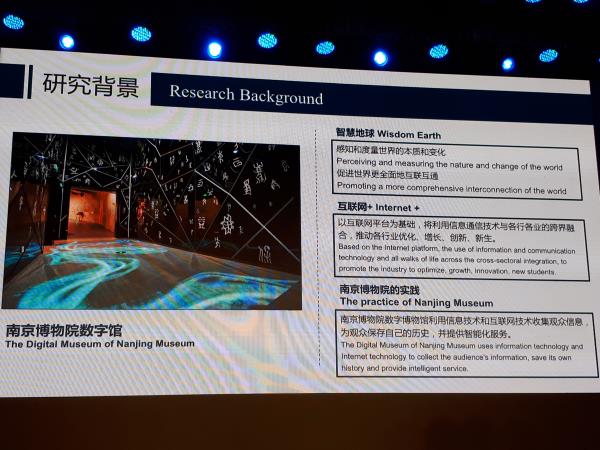
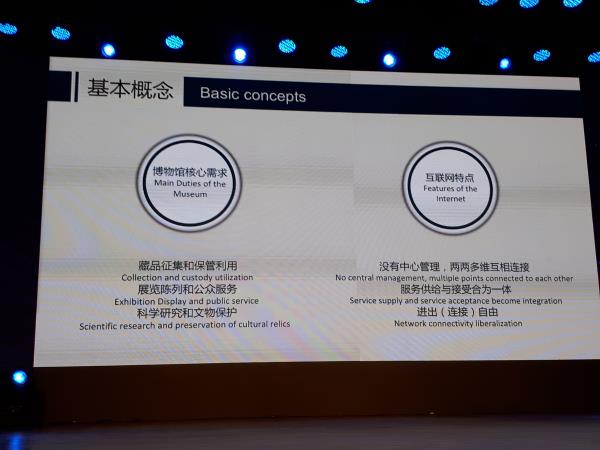
Kseniya Pushnitskaya, Lead Manager at the IT Department, State Hermitage Museum, explained the new virtual reality educational entertainment platforms As well as models in 3D , using high precision, three-dimensional laser scanning files, a 360º VR movie has been produced: “Hermitage. A Virtual Travel Through Time and Space”.
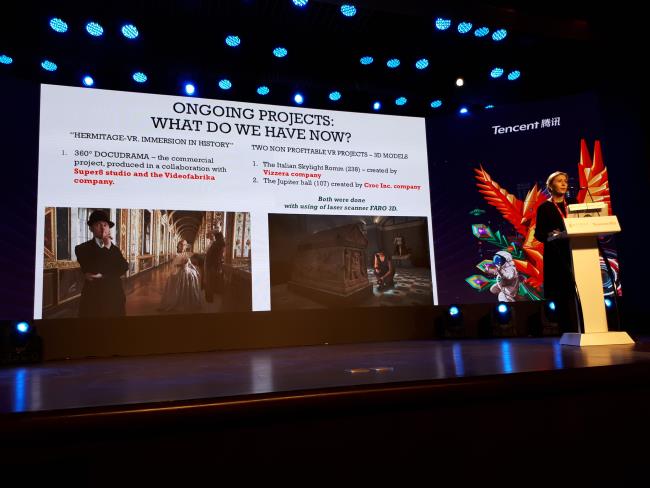
Liu Jian, of the Shanghai Museum, who I had the chance to get to know on my previous trip, showed the magnificent dashboards that visualize the data of the museum in real time, both of the collection, as well as the flux of visitors and the energy consumption. He emphasized how through digital we obtain multiple analyses of the objects.
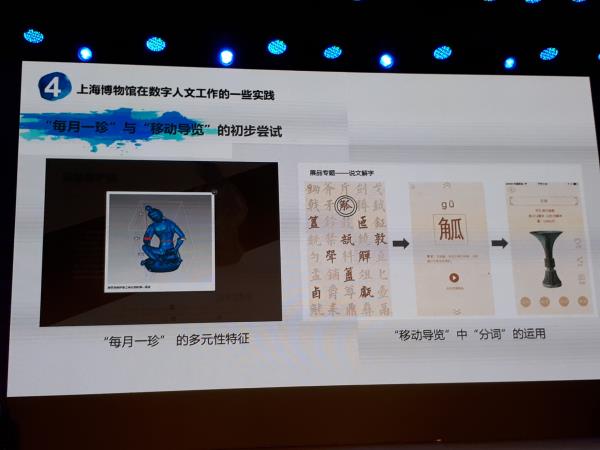
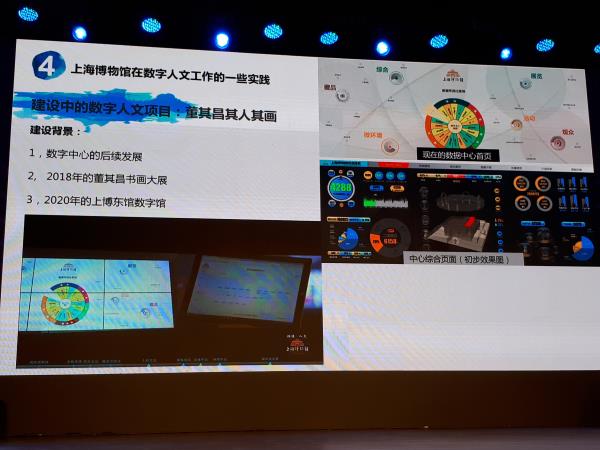
Tarashima Satoshi, from the National Museum of Tokyo, announced that they have freed in Creative Commons, with Attribution 4.0 International (CC BY 4.0) around 20,000 registers from their database of the online collection. Furthermore, they are present in the Google Arts project with 111 masterpieces.
I especially like this phrase by Zizi Papacharissi, from the University of Illinois, “technologies network us but it is our stories that connect us”. Storytelling, digital orality and knowledge sharing are what are humanising the information overload circulating today.
Chinese World Heritage
Of the two occasions that I have visited the country and of the meetings there with the professionals, I can state that although there has been a boom, probably excessive, of thousands of new museums in relatively little time, it is not true that they are megalomaniac projects without content: they have fabulous collections and they dedicate a lot of effort and resources to making them accessible to the public, which is the ultimate mission of the museums.
And everywhere you go, but in China extremely accentuated, the omnipresent power of the mobile. There, more than anywhere, Mobile first is the key of the digital strategy. With a specificity: the ubiquity of QR codes.
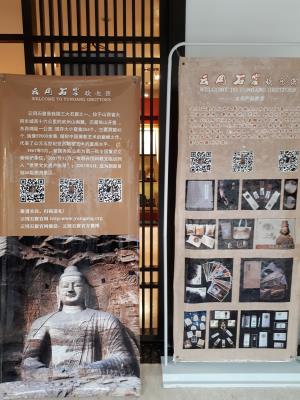
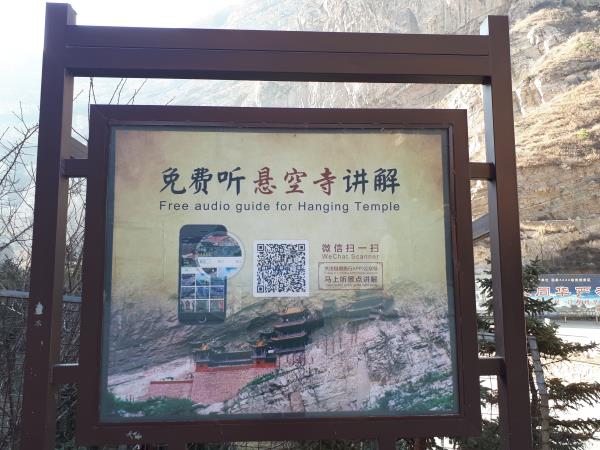
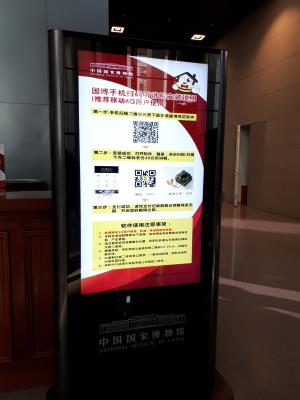
I finish with images of some of the places I visited that are World Heritage of UNESCO, of which China has 52. We’ll not be able to cover them all – not even in ten more visits!
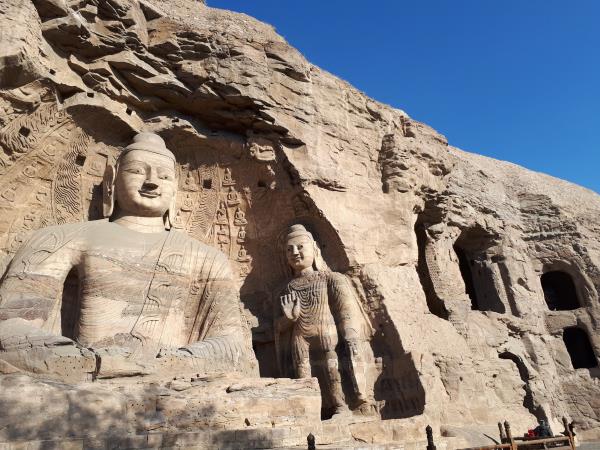
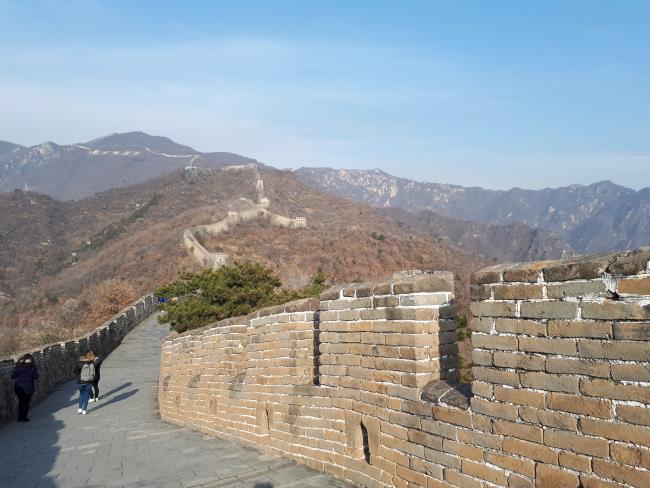
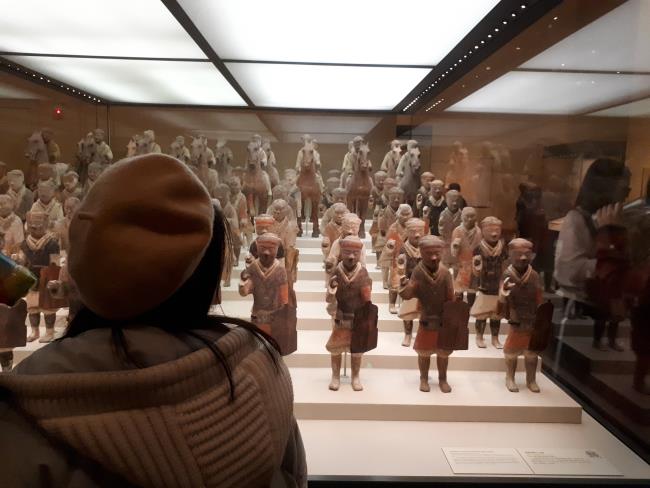
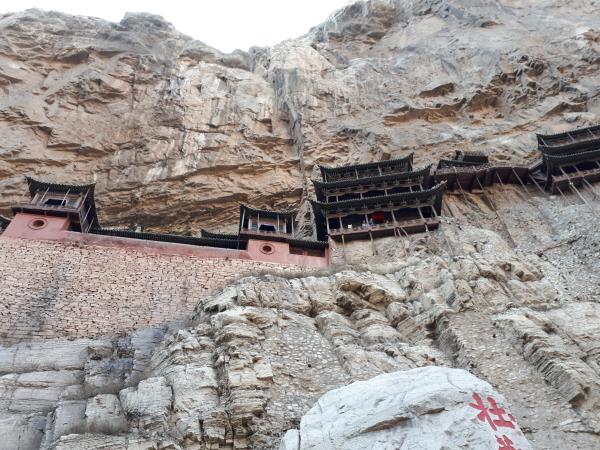
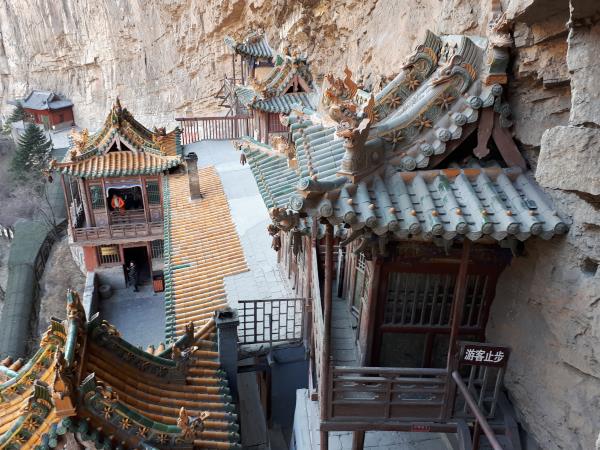
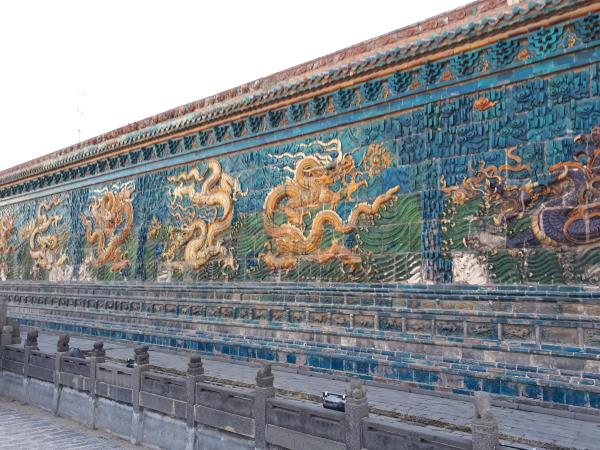
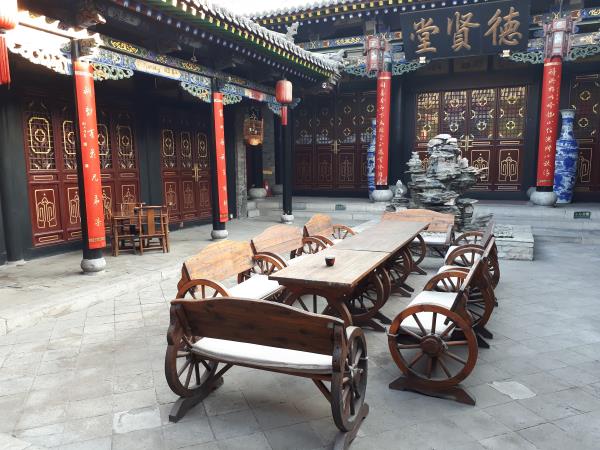
My gratefulness to the Palace Museum for the invitation and for having been part of such an international forum, sharing experiences of what we do at the National Art Museum of Catalonia and learning together innovative ways to better connect collections and audiences.
Recommended links
Digital as a Transformation Driver in Museums, powerpoint, Conxa Rodà
Talking museums in China/1 and 2, Conxa Rodà, 2016
Why China Is the World’s Innovation Role Model, MTSloan Management Review, 2017
Co-directora del Curs d'Estratègia Digital_UOC_Museu Nacional d'Art de Catalunya
Co-directora del congrés CIMED de Museos y Estrategias Digitales








One comment
I agree with you absolutely! China country is mysterious and unsurpassed. although I’ve never been there. when writing an academic prime essay, had a great opportunity for a quick acquaintance